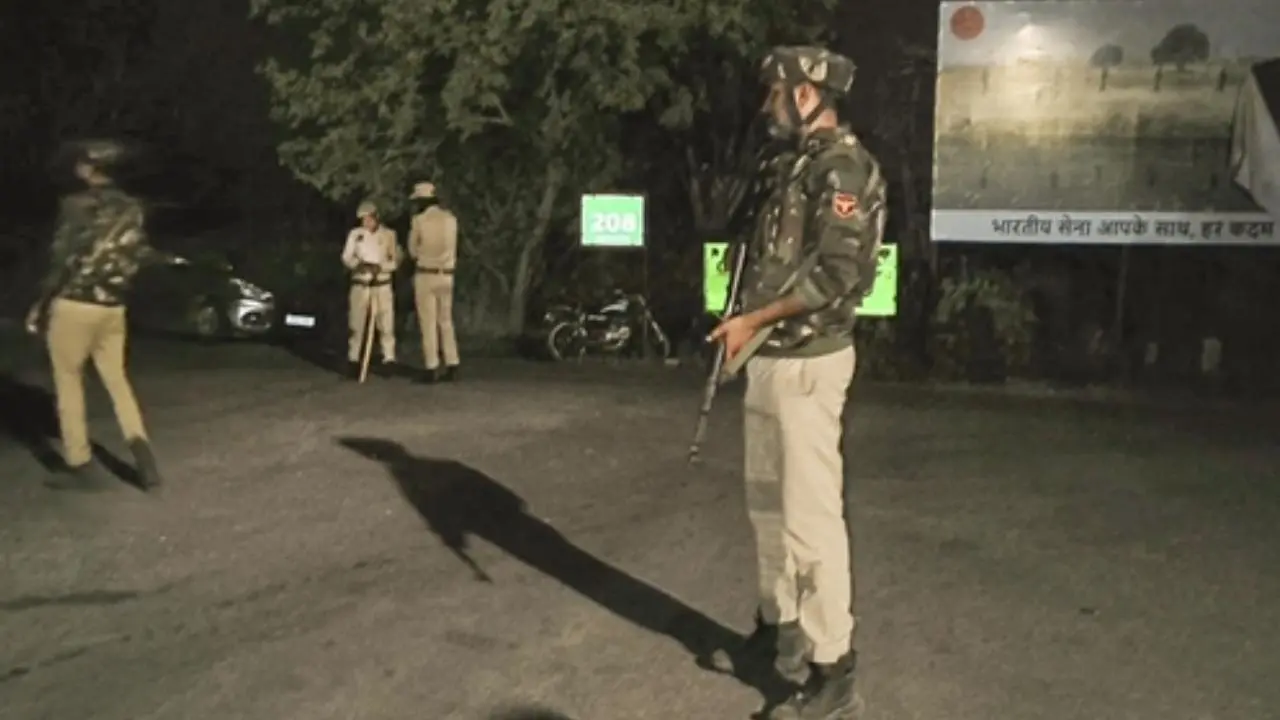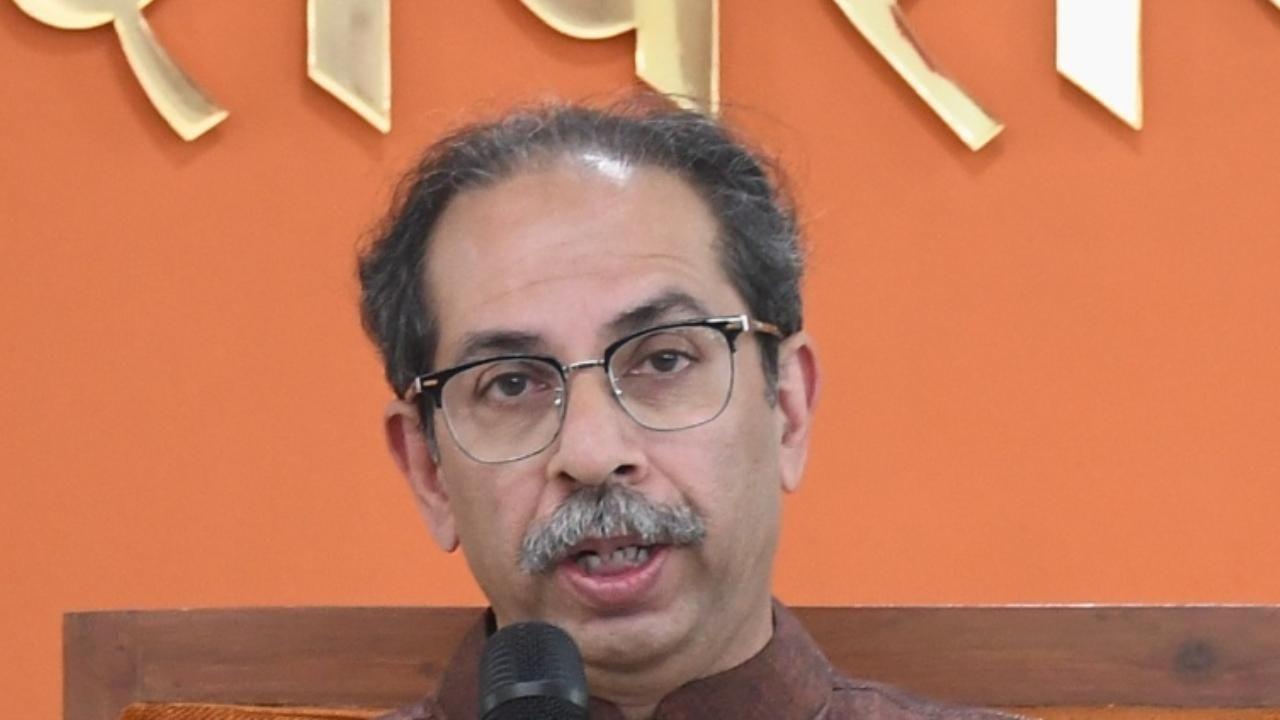
As the nation recovers from the shocking tragedy, it raises several critical questions on India’s security and vulnerabilities. What could have been the tactical planning behind this seemingly well-planned attack on civilians that killed at least 26 people?
Colonel Ashutosh Kale who has spent long years in Kashmir, fighting insurgency and conducting anti-terrorist operations demystifies the tactical planning and systemic lapses. “There can be several factors that would have been considered while planning. This can range from using a local guide, creating a base close to the attack site to analysing the timing of the attack based on the peak hours for the crowd to gather at the spot. Infiltration route along with the exfiltration route for the terrorist would have been figured out too based on which route gives them a discreet passage to go undetected and let them escape quickly after the attack,” he mentions. Colonel Ashutosh, who has operated in the Pahalgam- Kani Marg area during his service believes that the absence of security forces close by at the attack site would have been considered to carry out the attack.
Lt Col Gaurav Bali, SM (Retd.), a decorated Indian Army veteran with over 22 years of service, including more than a decade of operational experience in Kashmir and other insurgency affected regions stresses on intensive planning to carry out an attack like this. “Terrorist attacks of this nature are rarely spontaneous; they are marked by layered and deliberate planning. Likely components include reconnaissance, route familiarisation, identification of soft targets, insider intelligence and planned exfiltration. Given the location, an area frequented by tourists, they most likely studied footfall trends, identified security rotation gaps and exploited periods of low vigilance. The targeting of a tourist vehicle suggests a psychological aim: to instil fear, create disruption and tarnish the region’s image, beyond just inflicting casualties,” he says.
Also called as Mini Switzerland, Pahalgam is a popular tourist destination. While the gorgeous meadows of Kashmir have always been mired with infiltration and attacks from across the border, this brings into question – what made the famed tourist spot of Baisaran valley so vulnerable?
“Remoteness of Baisaran valley could have played a major factor since the closest location is Pahalgam which is 45 minutes on foot. Also, thick forest cover allows easy access and exit considering this is a very sparsely populated area. Tulian valley to the East or Kani Marg to the Northeast are further thickly forested areas which allow places to hide to for extended periods.”, says Colonel Ashutosh.
Questions are being raised on the loopholes that could have orchestrated the attack. Karnataka Home Minister G Parameshwara in a recent interaction with the media, called it a glaring failure of the country’s intelligence.
Lt Col Gaurav Bali, SM (Retd.), who has over a decade of operational leadership in Kashmir and other insurgency hit zones, says, “This incident reflects a multi-tiered lapse in security protocols. Potential loopholes include lack of dynamic surveillance; particularly on secondary and less patrolled routes, gaps in actionable human intelligence (HUMINT), absence of layered vehicle screening and insufficient checkpoints and possible underestimation of local facilitators, who often serve as critical enablers. Infiltration with weapons into what is deemed a “secured zone” exposes not just a breach in perimeter security, but also a complacency in threat assessment mistaking temporary quiet for enduring peace.”
With this attack, Pakistan’s role in orchestrating cross-border terrorism is yet again in focus. While Pakistan has denied its involvement in the attack, Colonel Ashutosh believes otherwise.
“Such an operation cannot be done without professional support. The Pak army and ISI must be involved, and it is very apparent. This is affirmed by the logistics (the terrorists were using M4 Carbines and AK-47), the robust operational and tactical planning involved and provision of local intelligence through the existing ISI OGW network since TRF is not so strong , nor does it have the professionalism unless supported to carry out such an attack.
While this attack shows clear signs of professional backing, in attacks of this stature, Army swiftly activates SOPs.
“The Army’s response is swift, calibrated, and mission focused. Standard Operating Procedures (SOPs) in such situations generally include area domination through cordon and search operations (CASO), intelligence integration with local police and central agencies to track movements and hideouts, strategic preventive deployment to thwart follow-on attacks, civil military synergy to reassure the local populace without excessive militarisation”, says Lt Col Gaurav Bali.
“The immediate priorities are twofold: neutralise the threat and safeguard the social fabric ensuring communal harmony while maintaining operational tempo.” he adds.
According to Colonel Ashutosh, some of the strategies that can help tackle terrorism in J&K include imposing Presidents Rule, ensuring a unified command to avoid friction between the DGP (J&K Police) and the GOC 15 Corps (the Senior-most Army Officer In the Valley), isolating and squeezing Pakistan diplomatically, a suitable strong retaliatory military action and continuing with Investments and Infrastructure Development.
The country is shaken. While it takes time to recover from the tragedy and the security forces strive to nab the terrorist – what to expect in the upcoming days?
“We can expect heightened security presence, particularly on tourist routes and vulnerable pockets, pinpoint operations targeting identified or suspected modules, focused narrative management by the administration to prevent panic and maintain tourism flow, and deep dive scrutiny into local networks, with emphasis on digital footprints and financial transactions that could reveal facilitation chains.” concludes Lt Col Gaurav Bali.
While the pain is fresh and India mourns the loss of its innocent citizens, what need to be seen is how India responds in the days to come.












